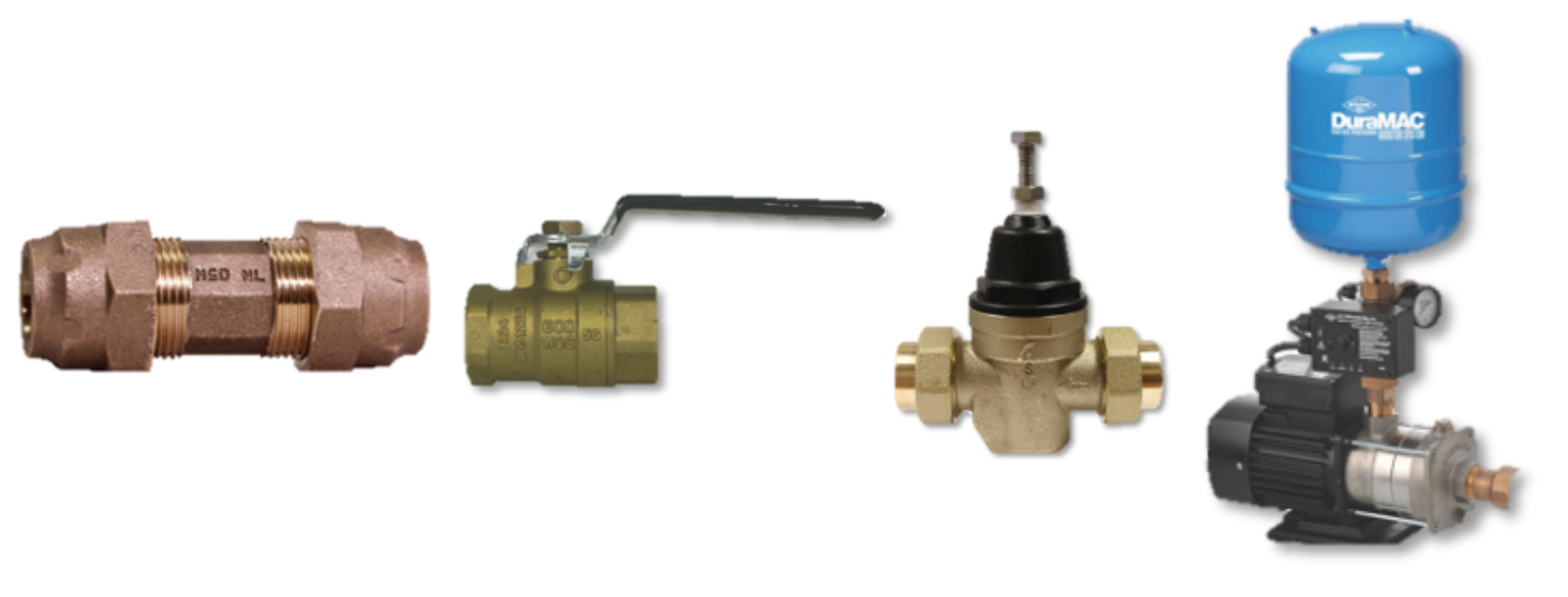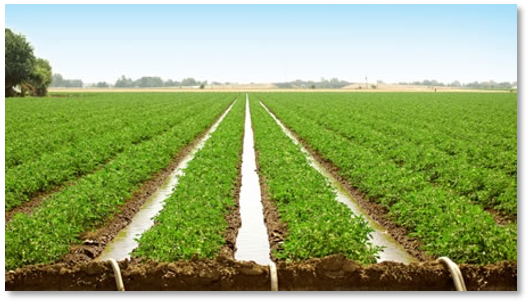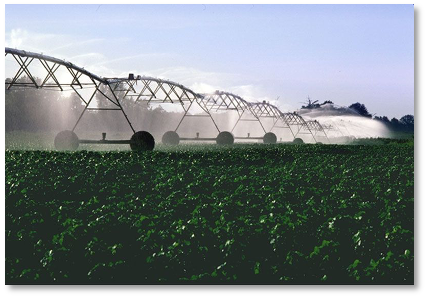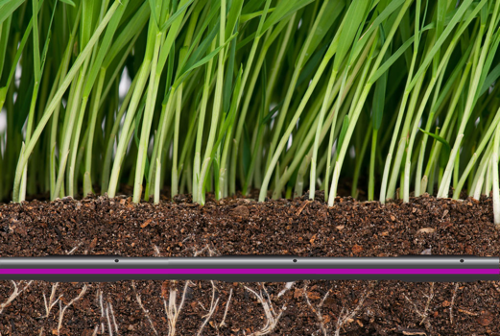Let There Be Water: The Art of Irrigation
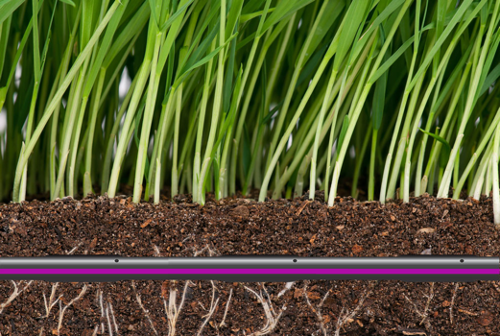
Let There Be Water: The Art of Irrigation
Have you ever wondered how parks keep the grass so green or how much work goes into maintaining golf course lawns? For plants to thrive, they need a place to grow, the right temperature, air and light, and water. Nature has a way of providing the correct resources for these, but irrigation takes care of the need to provide water where access to this resource may be lacking.
Irrigation is the technique or process of applying controlled amounts of water to plants/lands at needed intervals. This route helps to grow agricultural crops, maintain landscapes, and revegetate disturbed soils in dry areas and during periods of less than average rainfall. Irrigation systems are also used for cooling livestock, dust suppression, disposal of sewage, and in mining. Roughly half of the world’s land is irrigated and it’s a method that’s been utilized for thousands of years. This is largely due to the following benefits that irrigation provides:
- An automatic system saves time
- Maintains soil nutrient balance
- Can help prevent weeds and disease in plants
- Dust control
The irrigation process can be as simple as using a garden hose to water flowers or as complex as a system of pipes and canals designed to bring moisture to a desert. There are many different types of irrigation, such as the following:
Surface Irrigation
- Often referred to as flood irrigation where water is applied and distributed to the surface of the soil by gravity
- Generally only suitable in situations where the crop is of little value or where the field will be used only for grazing or even recreation
- Known to be the least complex form of irrigation but is totally dependent upon a suitable water source
- Basin irrigation is a refined version of surface irrigation where a field enclosed with a raised bank, or dike, contains water. The water is directed into the field by various channels and pipelines or may even be brough in manually
Overhead Irrigation
- Similar to a lawn sprinkler as water is pumped in under pressure and sprayed down onto the plants form flat spray nozzles. These may be mounted on an overhead network of aluminum pipes or even simply mounted on the top of a stake.
- Particularly useful when covering large areas of land and some can even be dismantled from field to field with little trouble
- Most common in agricultural applications
Drip or Trickle Irrigation
- Water is slowly provided to a very specific area, close to the roots of the plant,
by a network of drip emitters laid along the ground. These are linked to an appropriate water source by a main feeder hose.
- An alternative is trickle tapes, which is essentially a length of hose with built-in drip emitters
- This irrigation type is very efficient and economical
- Typically measured in gallons per hour rather than other types that are measured in gallons per minute
Sub-Surface Irrigation
- Consists of irrigation tubing about five inches below the surface, allowing it to reach the roots of the plant much like drip irrigation
- Evaporation is greatly reduced and there is no opportunity for surface runoff
- Initially expensive and not suitable for many areas. This type could cause roots growing into portions of the irrigation system.
- A similar effect can be gained far more economically by making use of plastic mulch
Depending on each irrigation system, there are a number of parts and components that can aid in the process. As a supplier and manufacturer for water works, pump, and plumbing products, A.Y. McDonald carries multiple options that cater to the irrigation industry. From booster pumps and service fittings to plumbing ball valves and pressure reducing valves, we’ve got your needs covered. To learn more about irrigation and A.Y. McDonald’s contribution, take the ‘Irrigation’ AYU course, call our customer service department at 1-800-292-2737, or fill out a contact us form on our website.
